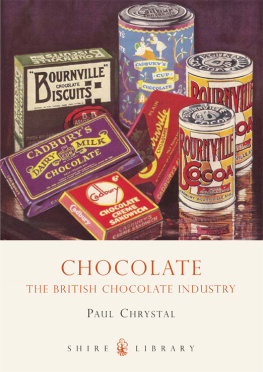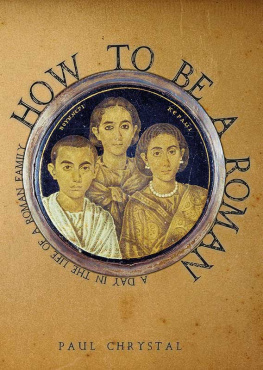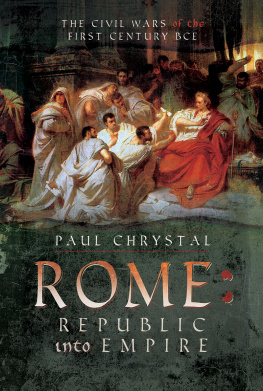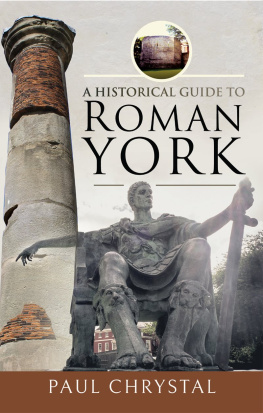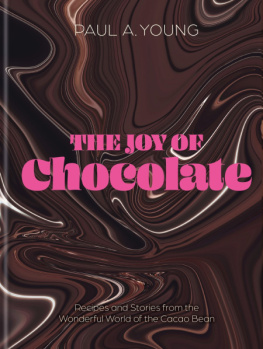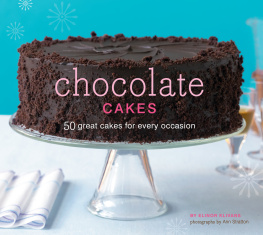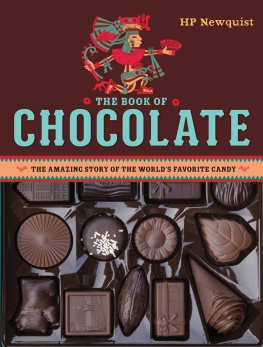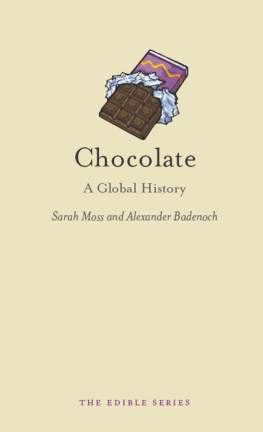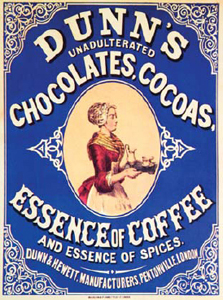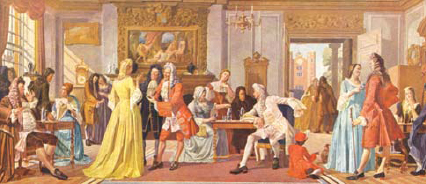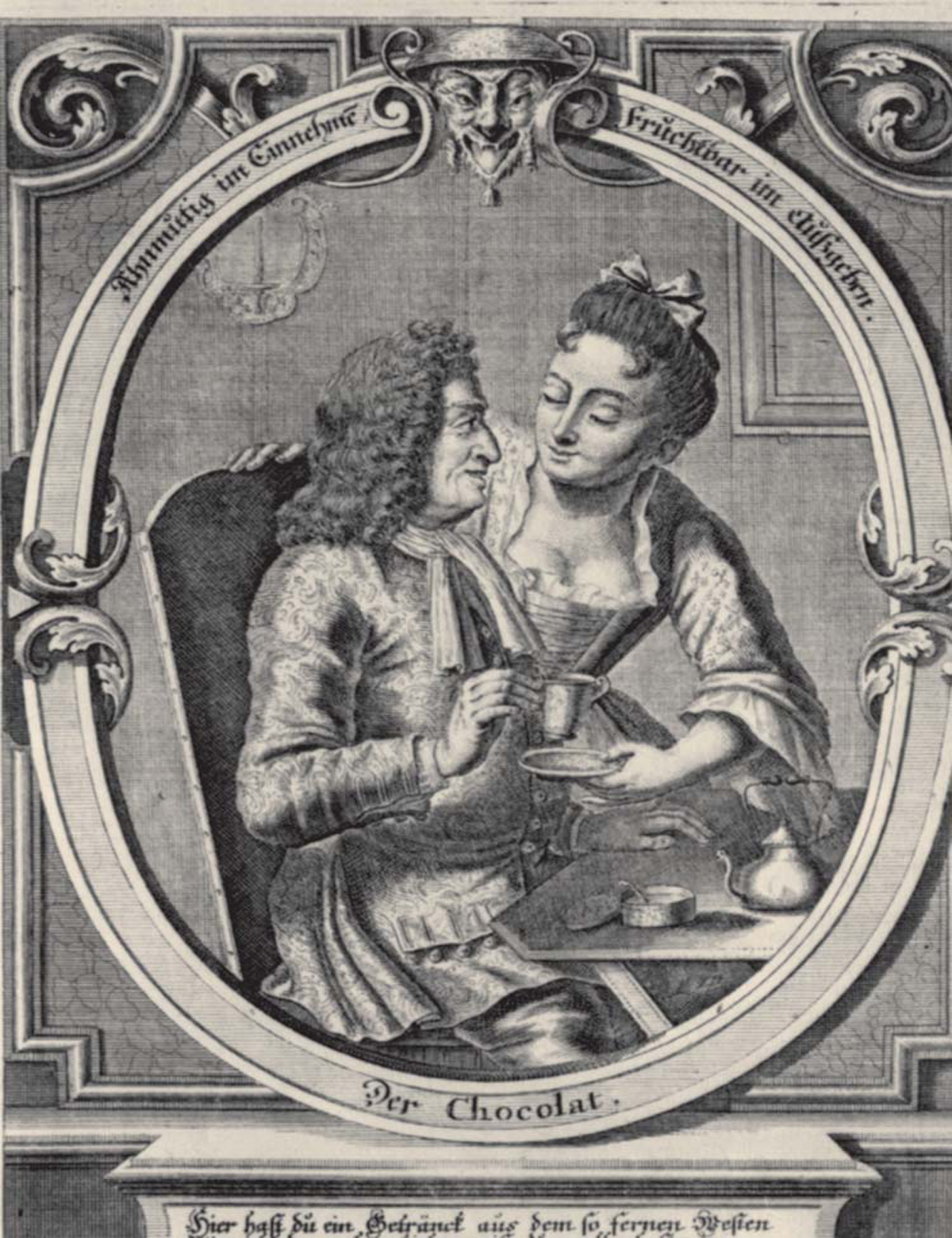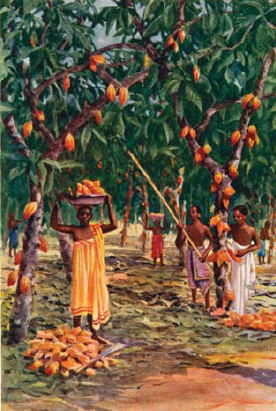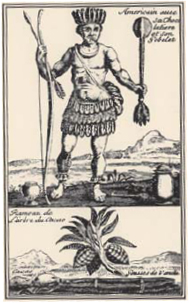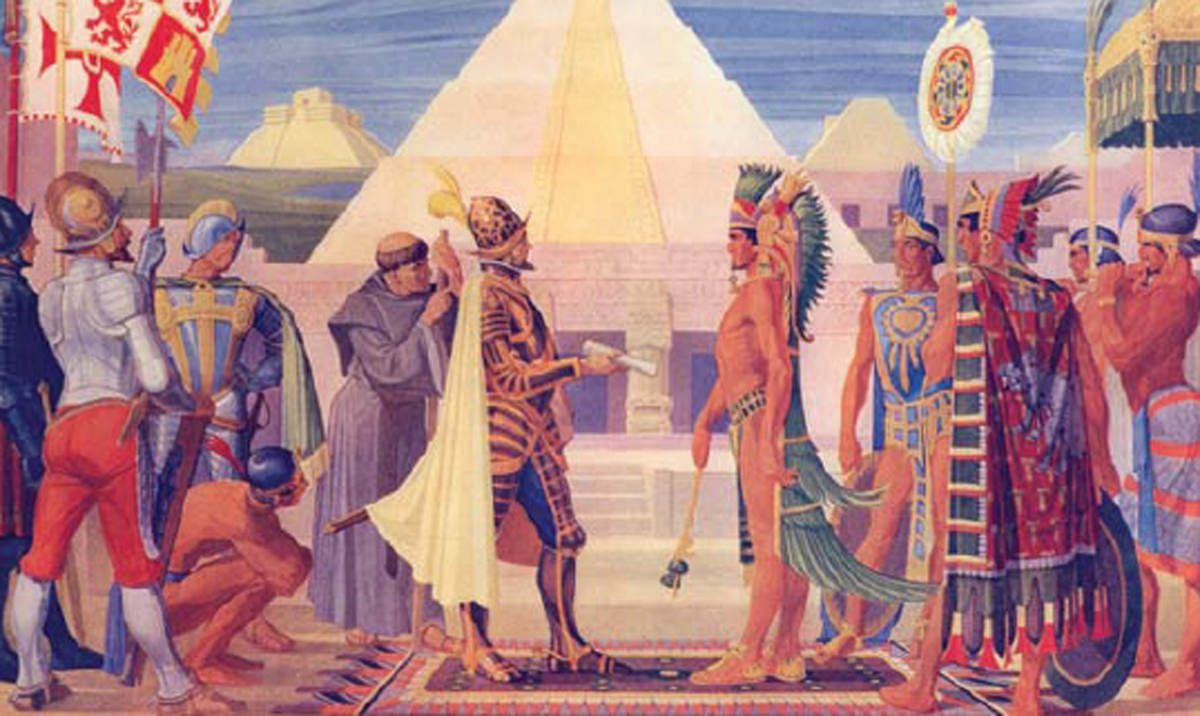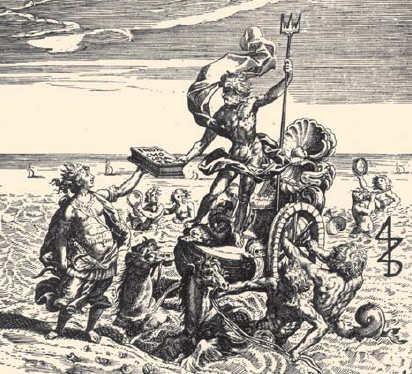CHOCOLATE
THE BRITISH CHOCOLATE INDUSTRY
Paul Chrystal
and Joe Dickinson with photographs by Mark Sunderland
A showcard from around 1890. Dunns was a major force in late Victorian coffee and chocolate manufacturing, with frequent support from the British Medical Journal regarding medical benefits.
SHIRE PUBLICATIONS
CONTENTS
A typical scene from a chocolate house capturing the general hubbub and fashionable socialising that went on. It is taken from a mural adorning the walls of a dining room at Cadburys in the 1940s.
German nobleman being served chocolate by a buxom lady in Martin Engelbrechts Der Chocolat (c. 1740). Compare the picture on , 260 years later.
EARLY DAYS
C HOCOLATE GROWS ON TREES ; so, therefore, does money, as Montezuma and the Aztecs proved. It grows on trees in the form of cocoa powder from the seeds or beans of the cacao tree, Theobroma cacao literally, cocoa, food of the gods. Cacao means bitter juice in Mayan. The main growing areas are central and eastern South America and West Africa, all within 20 degrees of the Equator, below 1,000 feet in the shade and at a minimum temperature of 16C. Between thirty and forty white pulp-covered seeds are to be found in the average, football-sized pod; it fruits all year round. In the very early days the beans were sun dried and the kernels or nibs (up to half their weight is made up of fat, or cacao butter) were roasted, shelled and crushed into a paste called cacao liquor liquor in the liquid essence sense and then made into cakes. These were then crumbled and immersed in water to form liquid chocolate. The drink was taken both hot and cold, thickened to make a soup or re-dried to make cakes. Four hundred or so beans make 1lb of chocolate.
There is some evidence that the pre-Mayan Olmecs from 1500 BC up to about 400 BC and, later, the Izapan, knew cacao. But it was probably the Mayans who cultivated, manufactured and consumed chocolate on a large scale from around AD 600, in a bitter liquid form they called xocolatl. Cacao beans and roasting griddles have been found in excavated tombs bearing hieroglyphs which spell kakaw. These finds also tell us that the Mayans drank it unsweetened or sometimes spiced with vanilla, honey or chilli pepper. The Aztecs conquered the Mayans in around AD 1200 and started chocolates association with divinity by worshipping Quetzalcoatl as the bringer of chocolate. Cacao beans had been used as symbols for numbers by the Mayans and we know that the Mayans and others had traded with cacao: to give some context, a porters daily pay amounted to about one hundred beans, a fresh avocado cost three beans, a rabbit cost eight beans, a prostitute was negotiable around ten depending on the service required, a turkey or a slave one hundred.
But it was Montezuma II (reigned 150220) who really exploited the fiscal power of chocolate: he adopted cacao as currency in place of gold, established a bean bank and allowed tribute to be paid in cocoa beans. Ferdinand Columbus (Christophers son) tells us, those almonds which in New Spain are used for money they seemed to hold these almonds at great price.
Picking cocoa pods in what was then the Gold Coast, now Ghana.
Montezuma reputedly drank fifty cups of chocolate every day because he believed it to be an aphrodisiac, thus helping to establish chocolates pseudo-medical and sexual reputation. To the Aztecs chocolate was very much a beverage for the rich and regal, typically served at the end of a meal in much the same way as port or mint chocolates are today. Like the Mayans, the Aztecs adulterated it with pimento, pepper, and the ground-down bones of the dead. Giralamo Benzoni, in his 1575 History of the New World, considered it more a drink for pigs than humanity, and Jos de Acosta, Jesuit missionary and naturalist, in his Natural and Moral History of 1590, describes it thus: [chocolate] disgusts it has a foam on top, or a scum-like bubbling. Such antipathy gradually evaporated as Spanish ways and culture infiltrated local habits and diet. The Spanish drank it hot rather than cold and added more familiar spices such as black pepper and cinnamon.
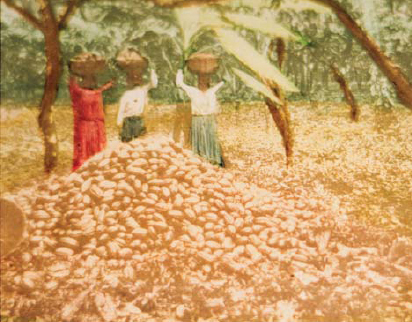
Piles of cocoa pods destined for the Rowntree factory in Agbado, Nigeria.
French engraving depicting (top) an Aztec with his chocolatir and cup; the lower picture is a cocoa tree branch with vanilla beans, which would have been used for flavouring.
The conquistadores went looking for El Dorado but they found chocolate too; Hernn Corts was unimpressed when he tasted it as a post-prandial treat with Montezuma but, unlike Columbus, he did recognise its commercial potential, for example as pay for porters. He promptly took the recipe and methods of cultivation and production back to Spain and Charles V.
Charless people added cane sugar to make it sweet and invented the molinillo to froth it up; the king was impressed to hear from Corts that chocolate was an energy drink allowing a man to march all day without need for food. For most of the sixteenth century, chocolate was largely confined to Spain, but its spread to neighbouring countries was inevitable. Visitors to the Spanish court in the seventeenth century carried the recipe back to their various homes: the explorer Antonio Carletti detailed the process of cacao cultivation for the Italian court; and Anne of Austria, daughter of Philip III, took it back to France when she married Louis XIII in 1615 along with a maid exclusively dedicated to chocolate preparation and nicknamed La Molina.
Corts meets Montezuma and paves the way for the introduction of cocoa to Europe.
Frontispiece of Cardinal Brancaccios 1639 Latin reference work on cocoa showing Neptune, Roman god of the sea, receiving a gift of chocolate from America personified symbolising the arrival of chocolate in Europe.
Philip IIs physician, Francisco Hernandez, had as early as 1577 connected the medical and aphrodisiac properties of chocolate when he confirmed that it not only alleviated intestinal pains and colic but also excited the venereal appetite. To Dr Giovanni Batiste Felici, though, writing in 1728, chocolate was one of the many disorders which Mankind has introduced to shorten their lives, changing normally quiet people into angry chatterboxes and turning children hyperactive. Geronimo Pipernis eulogy is more typical, describing chocolate as a divine, celestial drink, the sweat of the stars, the vital seed universal medicine.
Next page
